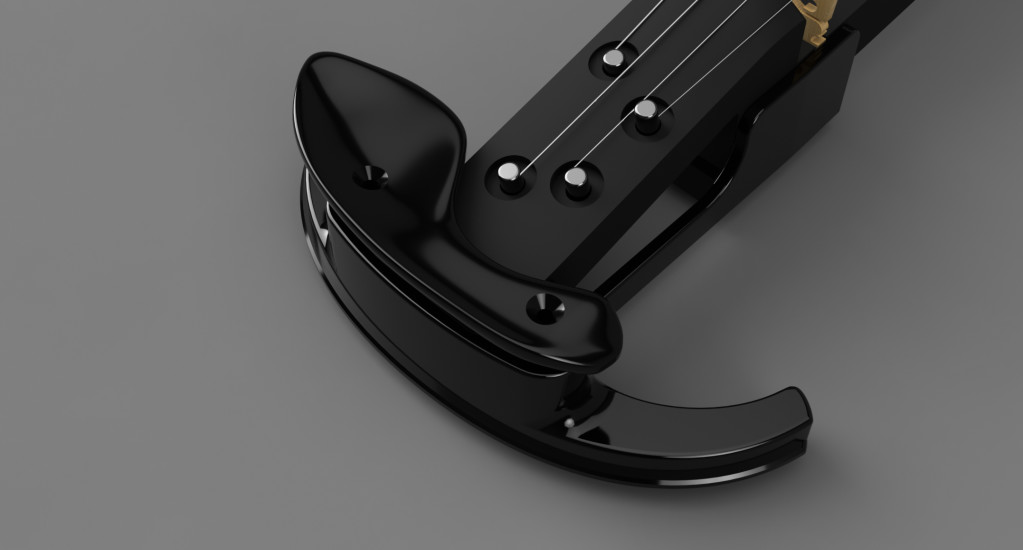Violins: they’re often the first example people site when talking about traditional acoustic instruments. But using new pickup techniques and rapid prototyping, that could be about to change.
violinmakers.org is a community for this new kind of digital age luthier – a place to discuss 3D printing and magnetic pickup possibilities and electric violin fabrication, rather than gut strings and wood carving.
Community member Guy Sheffer spoke recently about why this matters. All that legacy of instrument building has perfected acoustic violins, but electric violins remain crude. As Guy writes: “The challenge is, that while modern instruments have been developing effects and new sounds, acoustic violins have been acoustic for the past 400 years.”
Post about why I set up this community
While exploring new frontiers, then, these hacker-luthiers need a place to discuss their experimental craft. Enter violinmakers:
There’s already some cool stuff there: open source, 3D-printable electric violins and files for Thingiverse, the repository of 3D printing files. (This is way better than 3D printing guns, obviously.)


Guy has also shared his own spaced-out, trippy first build, logging the whole process. Yeah, you might as well combine your 3D printed electric violin with some airbrush work, no?

Guy’s own first build. 3D printing + custom paint job. (Now you just need a tour van to match… maybe some custom-built electric, not just an old Ford.)
It’s also worth checking out the open synth platform Guy is using, the Raspberry Pi-based Zynthian. That’s suggestive of a new potential sound source to match the new physical instrument:

Open sourcing in this case has important implications: it allows this new generation of builders to do what the acoustic makers did generations before, constantly improving and adjusting features like the chin rest or bridge.
There’s clearly a lot of innovation that could happen in acoustic instruments and derivatives – innovation that has often failed to happen because designs are not only conservative, but stuck in very specific modes, and because markets and technologies haven’t developed to serve potential evolution. But it could be that now is the moment. For a past look at my own instrument of choice, the piano, see the separate stories I’ve done on that (including an interview with David Klavins, who will talk passionately about why he wants to see the grand piano evolve past the Steinway Model D):
Acoustic Revelation: Inside the Una Corda, the 100kg, 21st Century Piano Built for Nils Frahm
I’d love to hear more. Got experience with 3D printing, pickups … on violins or other instruments? Do let us know.